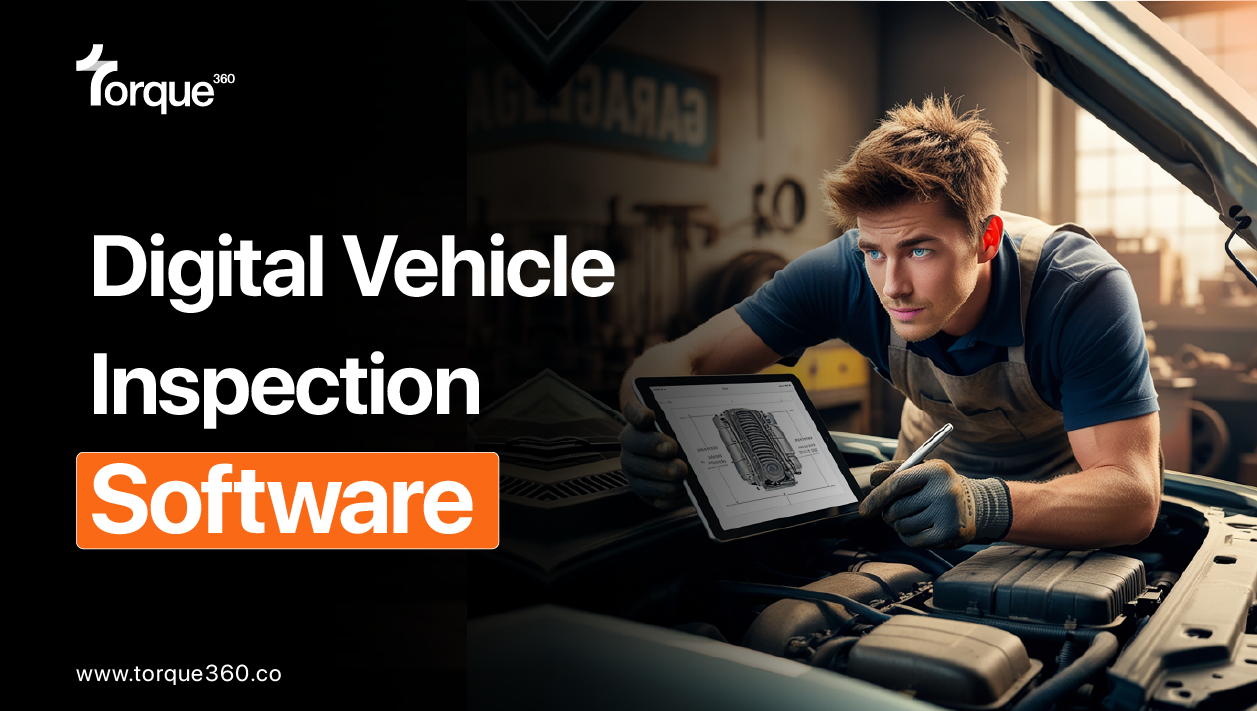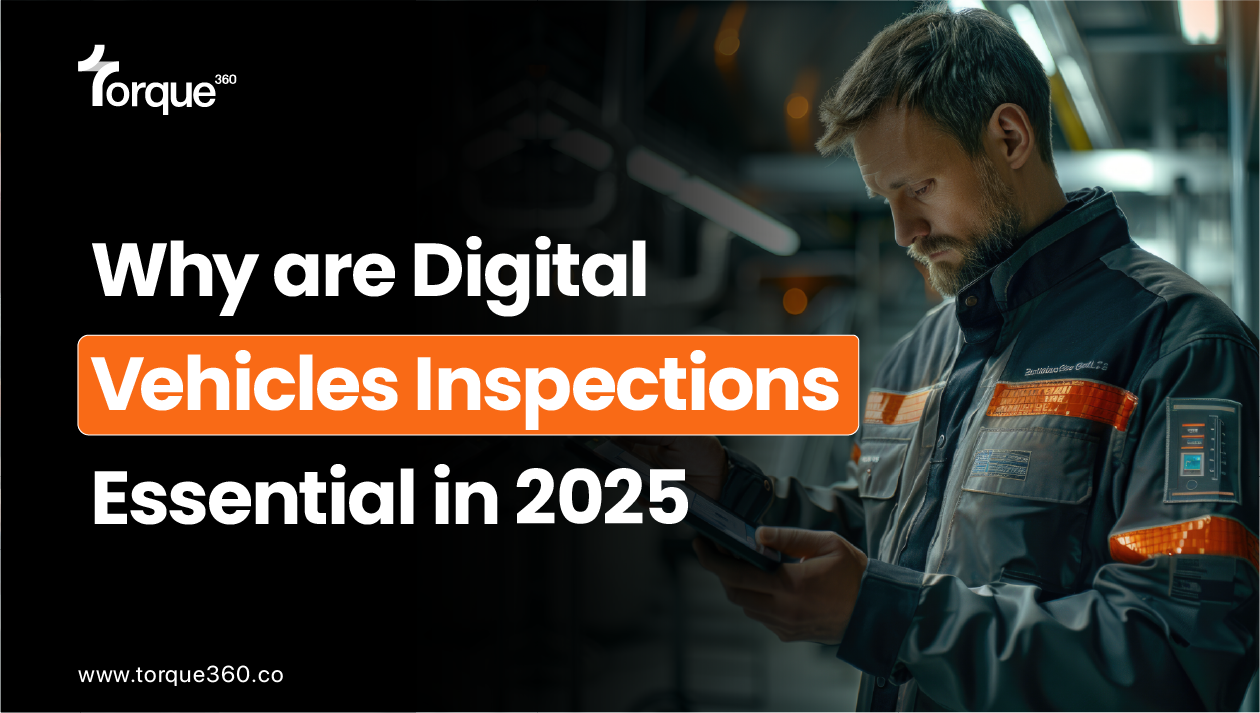Introduction
In today’s fast-paced automotive world, efficiency and accuracy in vehicle inspections are critical. Digital Vehicle Inspection Software can transform your workshop’s operations, ensuring every inspection is thorough, streamlined, and reliable. This software allows auto repair businesses to digitize their processes, making traditional pen-and-paper methods a thing of the past.
By leveraging Digital Vehicle Inspection Software, workshops can provide better transparency to customers while enhancing productivity. Whether you’re managing a single garage or multiple service locations, this technology helps you track, manage, and complete inspections with ease, saving time and reducing human error.
What is Digital Vehicle Inspection Software?
Digital car Inspection Software is a tool that automates the vehicle inspection process by digitizing checklists, enabling technicians to record data using tablets or smartphones. The software simplifies communication between technicians and customers, often incorporating features like photo and video sharing to enhance trust and transparency.
A key feature of such tools is their ability to store inspection histories, allowing businesses to keep accurate records and provide better recommendations based on past findings. Many platforms, like Torque360, also offer integrations with other management systems to create a seamless workflow.
Benefits of Digital Vehicle Inspection Software
A. Improved Efficiency
Digital inspections eliminate time-consuming paperwork, enabling technicians to focus on actual inspections. According to a study by the Auto Care Association, businesses that use automated tools save up to 30% of their time on administrative tasks.
B. Enhanced Transparency
Customers value clear communication. With tools like Torque360, technicians can capture and share real-time images or videos of identified issues, building trust and encouraging informed decision-making.
C. Better Record Keeping
Digital tools automatically store inspection data in a centralized location, making it easier to retrieve past reports. This feature is particularly useful for providing recurring service reminders or warranty claims.
D. Consistency in Inspections
Standardized digital checklists ensure technicians don’t overlook critical components during inspections. This not only maintains a high standard of service but also helps workshops comply with industry regulations.
How Does Digital Vehicle Inspection Software Work?
Digital Vehicle Inspection Software creates a systematic flow for the inspection process. Here’s how it typically functions:
- Customizable Checklists: Allows workshops to define specific inspection criteria tailored to their needs.
- Real-Time Data Collection: Technicians use mobile devices to log inspection results, upload photos, and capture videos.
- Instant Reporting: The software generates detailed reports that customers can share instantly.
- Integrated Management Tools: Platforms like Torque360 combine inspection features with inventory management and invoicing, simplifying operations.
For instance, the Automotive Aftermarket Suppliers Association reported a 20% increase in customer satisfaction in workshops that adopted digital inspection tools. This is attributed to clear communication and faster issue resolution.
Why Should You Transition From Traditional Methods?
Sticking to traditional paper-based methods in a competitive market can hold your business back. Here’s why transitioning to digital tools is critical:
- Environmental Benefits: Digital processes eliminate paper waste, contributing to sustainability.
- Time-Saving: Automated reporting reduces the hours spent compiling manual records.
- Error Reduction: Digital systems minimize human errors associated with manual input.
According to a report by Frost & Sullivan, auto service providers using advanced digital tools report a 15% increase in operational efficiency compared to those relying on manual methods.
5. Features to Look for in a Digital Vehicle Inspection Software
When selecting a Digital Vehicle Inspection Software, consider these must-have features:
- Cloud Storage: Ensures your data is secure and accessible from any device.
- Photo and Video Sharing: Essential for transparent communication with customers.
- Custom Reports: This enables you to generate detailed insights tailored to client needs.
- Mobile Compatibility: Allows technicians to perform inspections conveniently from their devices.
- Integration Capabilities: Tools like Torque360 can connect with CRM, inventory, and invoicing systems.
How Torque360 Helps in Streamlining Vehicle Inspections
Torque360 stands out as a comprehensive solution for workshops looking to modernize their inspection processes. It combines user-friendly interfaces with powerful backend tools that simplify daily operations. From capturing inspection details to generating professional reports, Torque360 makes it easy for workshops to meet their goals.
Additionally, the software supports customer retention through automated service reminders and follow-ups. Its versatility ensures that it caters to small garages and larger, multi-location enterprises.
Challenges and How Digital Solutions Address Them
A. Inconsistent Data
Manual inspections often result in missing or inconsistent records. Digital tools like Torque360 ensure every detail is logged accurately.
B. Limited Communication
Traditional methods offer limited ways to explain issues to customers. By sharing visual evidence, digital platforms enhance customer understanding.
C. Time Constraints
Technicians often struggle to balance thorough inspections with tight schedules. Automated processes allow them to complete tasks faster without compromising quality.
Real-Life Success Stories
Several workshops have seen remarkable transformations by adopting digital inspection tools. A small garage in California reported a 25% increase in customer satisfaction within three months of implementing Torque360. Similarly, a multi-location service provider in Texas noted a 40% reduction in operational costs after switching to digital inspections.
These examples highlight the tangible benefits of incorporating modern technology into traditional workflows.
How to Get Started with Digital Vehicle Inspection Software
A. Assess Your Needs
Identify the specific pain points in your current inspection process. Look for software that directly addresses these challenges.
B. Choose the Right Software
Select a tool that aligns with your budget, operational size, and goals. Platforms like Torque360 offer scalability, making them suitable for businesses of all sizes.
C. Train Your Team
Ensure your technicians are comfortable using the new system. Most software providers offer training modules to ease the transition.
D. Monitor Performance
Track the software’s impact on your operations and gather feedback to optimize its usage further.
Conclusion
Incorporating Digital Vehicle Inspection Software into your automotive business is no longer a luxury—it’s a necessity. This innovative tool helps streamline operations, improve customer satisfaction, and boost overall productivity. With solutions like Torque360, workshops can stay ahead of the competition while delivering exceptional service. Start your digital transformation today and experience the difference firsthand.





